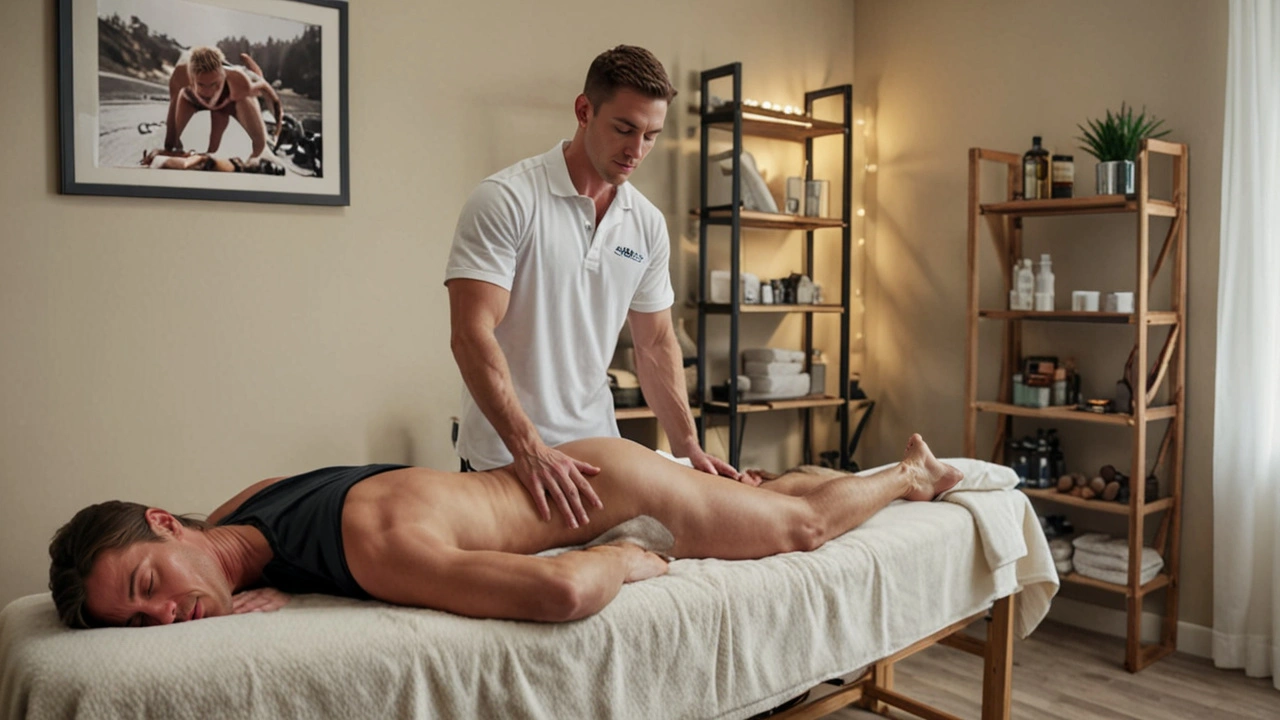Recovery: Practical Ways to Heal Faster & Bounce Back
Feeling sore, drained, or overwhelmed? Recovery isn’t rest alone—it’s a short set of smart habits you can use every day to feel better faster. Small changes in sleep, food, movement, and stress tools add up. Below are clear, usable tips you can try tonight or this week.
Sleep, nutrition, and hydration: the basics that actually work
Sleep is where repair happens. Aim for consistent bedtimes and 7–9 hours when you can. If falling asleep is the problem, try dimming screens an hour before bed and a short breathing routine—inhale 4, exhale 6—for a few minutes.
What you eat matters for recovery. After hard workouts pick a mix of protein and carbs within two hours—think a smoothie with spinach, yogurt, and banana or a health juice with beet, apple, and whey or plant protein. For daily recovery, focus on whole foods: lean protein, fiber-rich carbs, healthy fats, and fermented foods for gut support.
Hydration keeps muscles flexible and speeds repair. A quick rule: sip water steadily during the day and add electrolytes after long workouts or heavy sweat sessions. Don’t wait until you’re thirsty—thirst is a late signal.
Move smart, use tools, and manage stress
Active recovery helps more than total rest. Low-impact movement—walking, light cycling, or a gentle yoga flow—increases blood flow to sore areas without adding stress. Try a 20–30 minute easy session the day after a hard workout.
Massage, foam rolling, and contrast baths (short hot then cold) speed muscle recovery for many people. Sports massage can reduce tightness and improve range of motion. If you travel or can’t see a therapist, a firm foam roller and a 10-minute routine work well.
Stress slows all recovery. Simple tools like brief meditation, biofeedback apps, or paced breathing give immediate relief. For example, five minutes of guided breathing can drop your heart rate and make it easier to sleep and repair.
Aromatherapy can help when sleep or anxiety is the problem—lavender for sleep, peppermint for headache relief, and eucalyptus for easier breathing during colds. Use a diffuser or a few drops on a cloth.
If you’re recovering from injury or burnout, set small daily goals instead of big ones. Consistent, tiny wins—ten extra minutes of walking, one healthy meal, a short check-in with a therapist—build momentum without pushing you back into stress.
Finally, track what helps. Keep a short recovery log for two weeks: sleep hours, one recovery habit you tried, and how you felt. You’ll see patterns fast and keep the strategies that actually work for you.
Recovery is practical, not fancy. Focus on sleep, food, gentle movement, stress tools, and small wins. Try one change this week and notice the difference.

Unlocking the Benefits of Sports Massage for Quick Recovery
Sports massage can be a game-changer for athletes and fitness enthusiasts looking to speed up recovery and enhance their performance. Discover how specific techniques help alleviate muscle soreness, improve circulation, and prevent injuries. Learn about its benefits and how to incorporate it into your fitness routine.
Read More